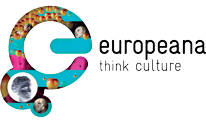
Free Data for 2.4 Million European Culture Heritage Items
Europeana recently launched an excellent short animation explaining what Linked Open Data is and why it’s a good thing, both for users and for data providers. They did this in support of the release of a large amount of Linked Open Data describing cultural heritage assets held in Libraries, Museums, Galleries and other institutions across Europe. The significant elements in the press release, from Europeana Professional (Europeana’s professional knowledge-sharing platform), are that they are releasing data for 2.4 million items, under a CC0 open data license, and it is Linked Data in RDF. This is a wonderful resource, and example …








